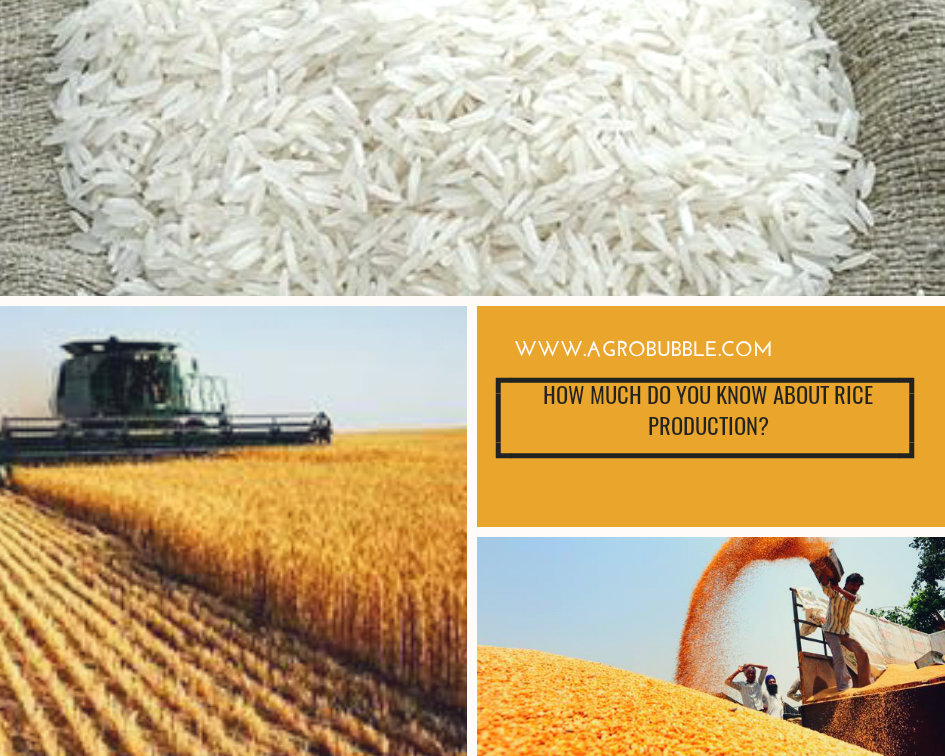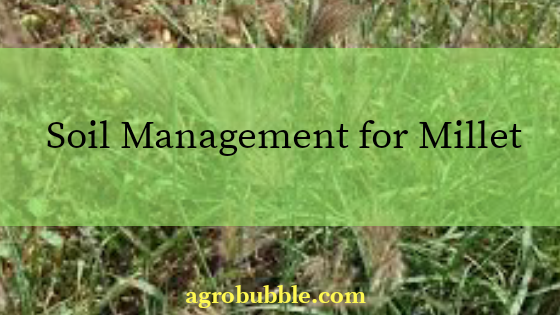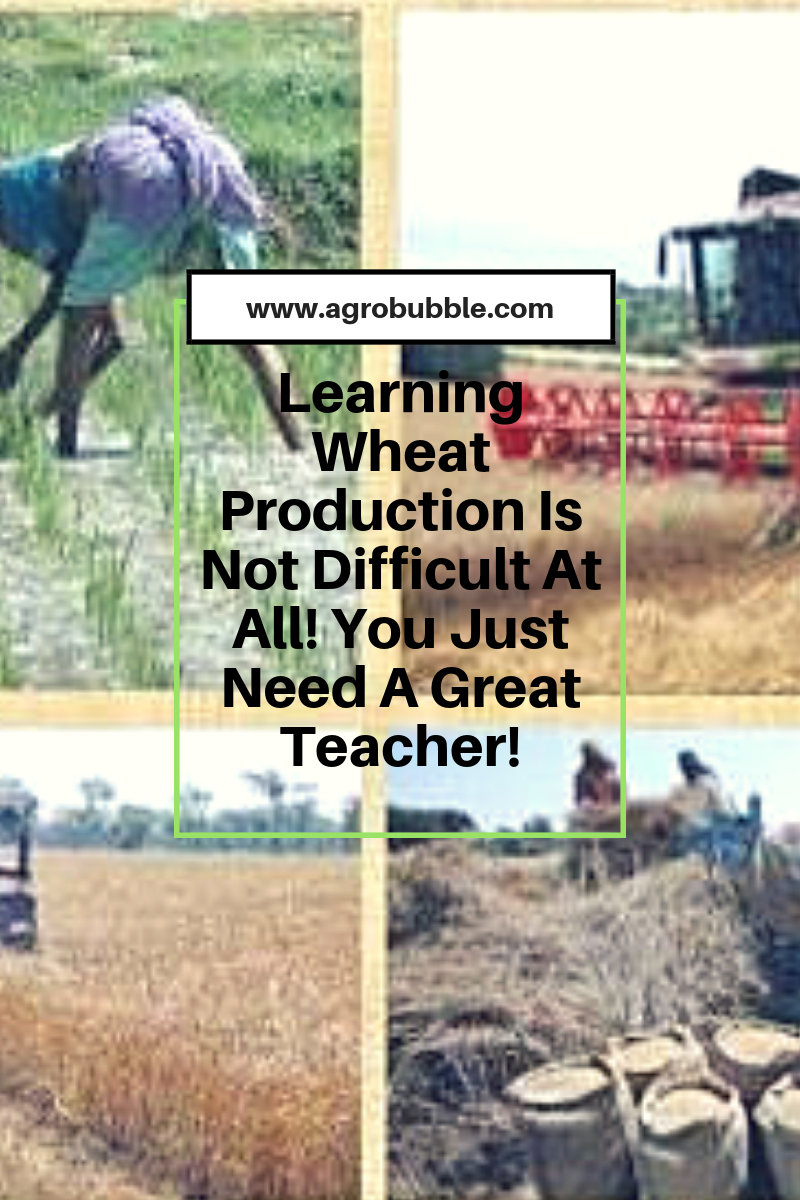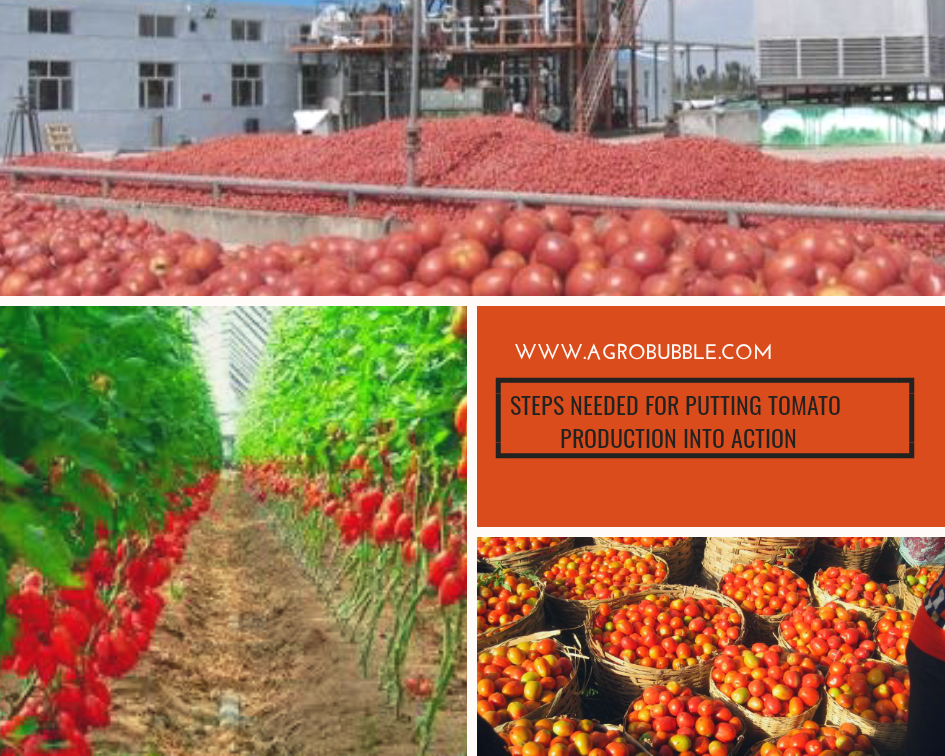Agro Pursuit
How Much Do You Know about Rice Production?
Rice is the most important food crop of about half of the human race, in particular for South and East Asia and now spreading to Africa. Nigeria is blessed with suitable ecologies for different rice varieties which when properly harnessed can boost rice production to meet domestic demands. The cultivable land for rice production covers […]

Rice is the most important food crop of about half of the human race, in particular for South and East Asia and now spreading to Africa.
Nigeria is blessed with suitable ecologies for different rice varieties which when properly harnessed can boost rice production to meet domestic demands.
The cultivable land for rice production covers five major ecologies via uplands, lowland or shallow water swamp, irrigated rice, deep water/floating rice and mangrove.
Potential land areas for rice production in the country is 4.9 million hectares but only 3 million hectares is being cultivated. European Association of Agricultural Economics (EAAE) indicates that Nigeria is the largest rice importer in West Africa with an average yearly import of 2 million metric tons since the year 2000.
Total consumption stands at 4.4 million metric tons of milled rice, we produce only about 2.8 million metric tons. With increasing urbanisation and importation of Food many Nigerians have picked up the habit of Rice consumption. Average production yields are low as 1.7 metric tons per hectare. Potential yield of rice range from upland and lowland varieties is between 3 and 6 toners hectare.
SITE SELECTION FOR RICE PRODUCTION
Rice is adapted to a wide range of environmental conditions from freely drained Upland ecology to Lowlands and deep flood ecologies.
Since rice is known to be water loving, select sites with heavy soils which can hold a lot of water and avoid sandy soils which are unsuitable for growing rice since they do not retain moisture. The uploaded rice is grown as a rain-fed crop in naturally well drained soil without surface water accumulation.
VARIETY SELECTION FOR RICE PRODUCTION
Select good quality and pure seed from reliable sources such as Research Institutes, Seed a companies, accredited agro sealers and ADPs. Dress rice seed with appropriate seed dressing chemicals such as apron star, dress force etc.
Make a simple seed viability test by planting 100 randomly selected seeds and allow for 4-5 days for germination. Do not plant seeds whose germination percentage is below 80%.
LOWLAND VARIETIES
Lowland rice is described as either rain-fed lowland or irrigated lowland varieties. Here the rice is directly seeded or transplanted. Farro 44 (Sipi) matures between 90 to 100 days and yields range from 4-8 metric tons per hectare.
Farro 52 and Farro 57 mature between 100 to 120 days and yield range from 4-8 metric tons per hectare.
UPLAND VARIETIES
Nerica 1, matures in 95 to 100 days and has the potential yield of 4.5 metric tons per hectare.
Nerica 2, matures in 95 to 100 days and has the potential yield of 4 metric tons per hectare.
Nerica 4, matures in 95 to 100 days and has the potential yield of 4 tons per hectare.
Nerica 7, matures in 95 to 100 days and has the potential yield of 5 tons per hectare.
Nerica 8, matures in 80 to 85 days and has the potential yield of 5 tons per hectare.
LAND PREPARATION FOR RICE PRODUCTION
Land for rice cultivation should be fairly levelled to allow for even water distribution and retention. Use systemic herbicides such as Glyphosate, if the height of the weeds is between 25 and 60cm.
Note that this treatment must be done before land preparation.
Intensive soil tillage is very essential by repeated ploughing, harrowing and trampling to create the puddles condition which involves working up soil to the consistency of a fine soft mud. However, the land preparation for lowland rice involves bounding and levelling the field to impound water to permit even flooding.
The land preparation for upland rice is the same as for other rain-fed cereals such as millet, maize and Sorghum. Prepare basins of 5m by 5m, or make borders. Avoid fields with poor drainage. For upland rice, filth the soil properly and pulverise to create uniformity before sowing.
NURSERY PRACTICES
For transplanting, seedlings are raised in either a dry or wet nursery. Site nursery beds near the cultivation areas as the weight of the seedlings is quite cumbersome. The best time for Wet Season nursery preparation is between April and May depending on the ecology. The best time for Dry Season nursery preparation is January to Mid-February.
DRY NURSERY
Cultivate the land thoroughly and fertilize with well-rotted farmyard manure.
Construct beds 1-1.5m wide and of appropriate length.
The beds should be slightly raised.
For planting one hectare of field, seedlings are raised in nurseries of about 350- 500 sq.m in area.
Fertilize adequately before sowing.
Pre-soaked seeds are broadcast or drilled (10cm a part) in the prepared nurseries at the rate of 1-keg per 20-35 sq.m.
The seed is covered with 2-3 cm soil.
Seedlings from a dry nursery are harder than those from a wet nursery.
WET NURSERY
A wet nursery is the most common method. Flood the land, puddle and fertilizer (farmyard manure). Nursery beds are made for dry nurseries. They are also slightly raised. Pre-soaked, sometimes pre-germinate seeds are broadcast on mud at the rate of 25 kg per 350-500 sq.m of nursery beds and water is allowed to stand continuously on the beds after the seedlings are about 15cm high.
Seedlings grow quickly and are ready for transplanting in 25-30 days, when they are 15-30 cm tall and have developed 5-7 leaves (depending on the variety). Sometimes the seeds germinate on strips of polythene or other materials (impermeable layers such as banana leaves, plastic sheet) which keep the root system on the surface. Such seedlings are easier to raise and are ready for transplanting in 10-14 days.
This system is referred to as the Dapog method. A 20-25m2 seed bed is enough for 1 hectare. For either of the systems, it is important to sow thinly as this will encourage sturdy and healthy growth of the seedlings and savings in seeds.
The sown seeds are to be covered with grass mulch and removed on the Ithaca day after the seedlings must have emerged.
Read Also: HOW TO MAKE MONEY FROM COCOA PRODUCTION
TRANSPLANTING FOR RAINFED AND IRRIGATED RICE
Seedlings should be ready for transplanting 3-4 weeks after planting at 4-5 leaf stage. Seedlings should be pulled out carefully, the root washed, tied into bundles before transplanting to the field.
About 3 days before transplanting a rotator is used to break the soil into every fine particle. The soil should be drained to improve aeration. Plant 2-3 seedlings at each position at spacing of 20cm by 20cm between rows and between plants. Older seedlings grow more slowly than younger ones and they may result in prolonged maturity, reduced tillering capacity with consequent reduction in yield. Flood the field with water after transplanting.
PLANTING OF UPLAND RICE
Upland rice does not require a nursery. When the rains are established planting methods are broadcasting, dribbling and drilling at recommended spacing. Upland Rice can be planted on flat land or basins.
SEED RATE AND PLANTING METHODS
Sowing/Planting Methods Seed rate (kg/ha) Spacing
Broadcasting 80-100 Spread uniformly or evenly
Dibbling 30-40 20 cm x 20 cm
Drilling 40-80 20 cm inter -row
Transplanting 25 20 cm x 20cm.
INTEGRATED SOIL FERTILITY MANAGEMENT IN RICE PRODUCTION
The new high-Yielding cultivars are very responsive to Nitrogen-fertilizer. At high Nitrogen-levels, the modern cultivars tiller heavily, produce more grains per unit area of land and remain standing until harvest. Because of denitrification losses, Nitrogen should be added in the nitrate form as a basal dressing. It may be used for supplemental dressings after the root systems are well developed and the Nitrogen can be immediately absorbed.
Recommended fertilizer rates are : 70-120 kg N, 30-40 kg P2O5 and 30-40 kg K2O per hectare depending on the fertility status of soil and ecology. Apply 4 bags of NPK 20:10:10 or NPK 15:15:15 per hectare during planting or transplanting and 2 bags Urea at 4 weeks after planting or transplanting.
SOIL MANAGEMENT
Rice thrives well under good soil conditions. Rice requires clay, clay/loan and or loans soils.
It is recommended to apply 5-10 tons of Farm Yard Manure in order to improve soil nutrients, texture and structure.
WATER MANAGEMENT
Water is the most important factor in rice production. It affects the physical characteristics of the rice plant nutrient status of the soil, the nature and extent of weed growth and various cultural practices. Rice plant height is directly related to the depth of water. If the water is too deep at transplanting, the seeds will be tall and weak at the same time the fewer fillers develop. Thus the crop becomes more susceptible to lodging.
WEED MANAGEMENT
Yields of rice are seriously reduced by competition from weeds during the early growth stages. Two hoe or hand weeding at 2-3 weeks and 5-6 WAS or WAT will be adequate.
Some common Herbicides include:
Butachlor, Propanil, Ronstar 25 EC, BasagramPL2, Orizoplus, 2,4 D, etc. Consult Extension Agents nearest to you for further advice on the use of herbicides.
SAFETY USE AND HANDLING OF PESTICIDES
Precautions must be followed to ensure safe use of pesticides.
Even after use, the empty containers must be disposed of very well by burying them.
Instructions as stated on the label of the pesticides must be followed while only trained personnel should apply pesticide at recommended rate.
The personnel should also wear protective clothing during application of pesticide.
See Also: How To Make More Money With Maize Production
PEST AND DISEASES
The most common disease of rice plants on farmers’ fields is RICE BLAST.
The control Methods include:
In the case of Blast, the manipulation of cultural practices e.g, time of planting, spacing and depth of transplanting will reduce incidence. Use resistant varieties, destroy infected plants. Use recommended fungicides. For the Bacterial blight avoid flooding on deep water in nursery and spray with appropriate chemicals in both nursery and field.
HARVESTING OF RICE
Rice is harvested when the panics have turned yellow, that is, before full ripening, so that the losses of grain in harvesting, and breakage of dry grains during threshing are minimized.
What is your own take on this post? Use the COMMENT section below to share.






